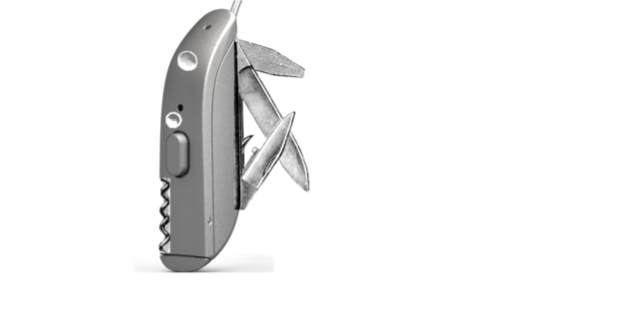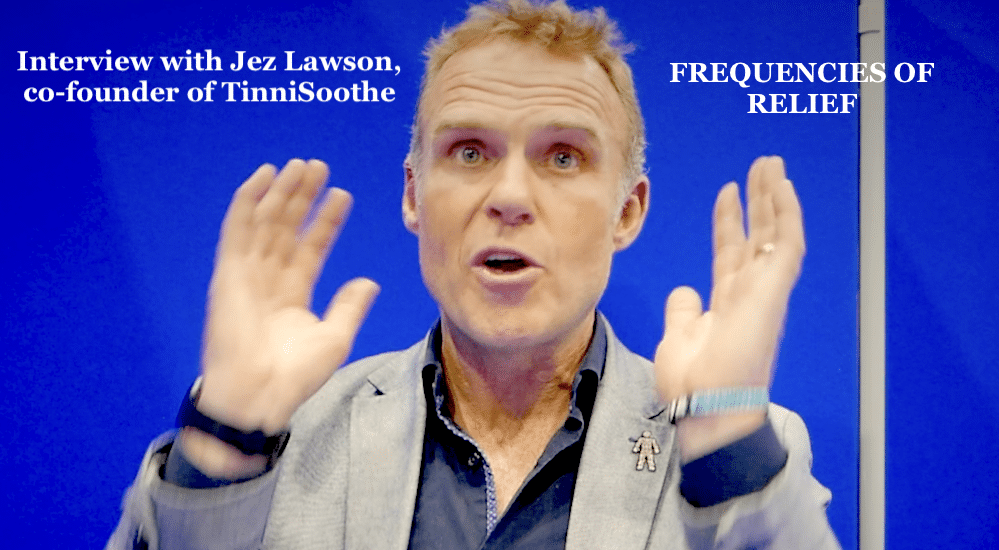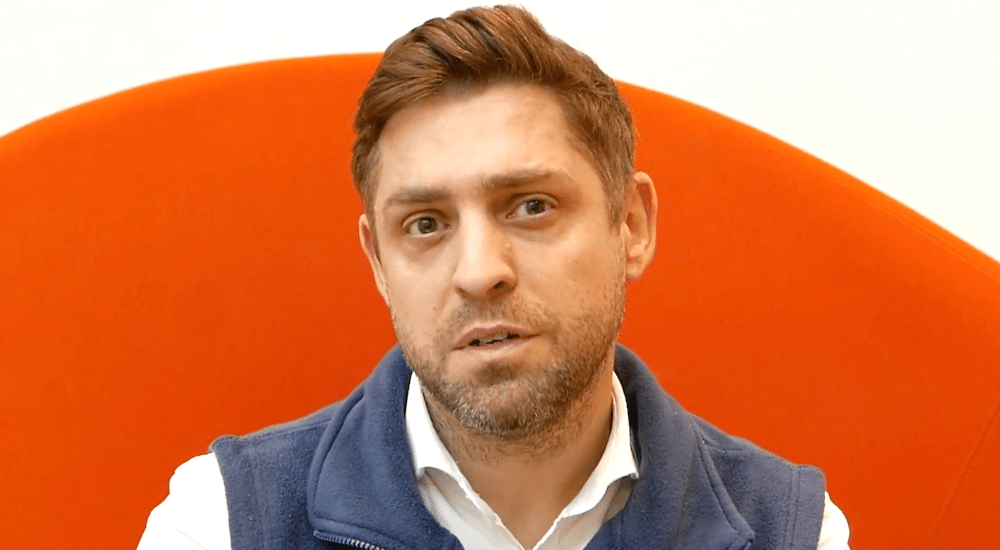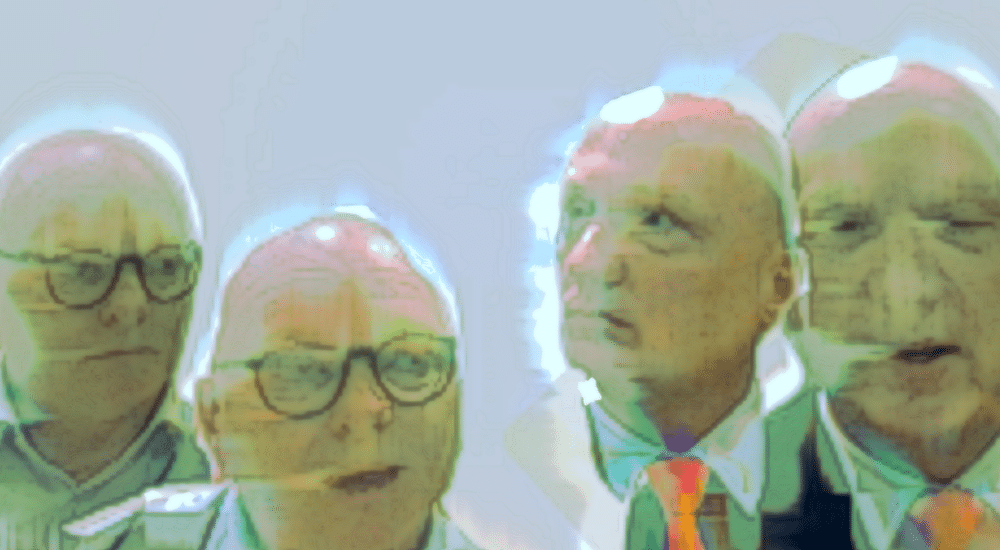How is the relationship between technology and usability transforming the future of hearing care?
Technological advances continue to improve usability and accessibility of hearing instruments. BIHIMA spoke with Heather Dowber, Head of Market Access at GN Hearing UK, about how technology impacts user experience, and the work GN Hearing is doing to further improve the usability of hearing instruments.

Usability and hearing devices
BIHIMA: Can you tell us a little bit about the usability of hearing instruments from when they were first developed to the present day?
Heather Dowber (HD):Digitalisation has allowed us to set hearing instruments up for an individual’s needs – not only sound quality is improved; they’ve also got better processing speeds and capabilities. We can now do so many more things to try and help the user hear the sounds they want to hear and minimise background noise wherever possible.
Prior to digitalisation, there was little or no directionality in hearing, which made some listening environments very difficult. Even when that evolved, people had to select it themselves, and that was not so easy for people with poor dexterity.
Also, people didn’t necessarily remember to change back to their primary setting.
Innovations in technology have allowed the industry to develop hearing instruments that recognise different listening environments and automatically change settings – this really helps people, and reduces the feeling that they need to adapt their lives to their hearing loss, as now the hearing instrument adapts for them.
We’re innovating to minimise the shrinkage of people’s world that could be caused by hearing loss, to increase usability and improve how cosmetically aesthetic and comfortable they are. I feel privileged to be working in developing products that can make such a big difference to people.
Chargeability, connectivity, and Covid lockdown benefits
BIHIMA: How else has technology affected usability?
HD: Developments in chargeability have had a huge impact on usability.
As the functionality of hearing instruments has got better, they use more battery power. So, being able to charge hearing instruments in their case overnight, when you’re not using them, has been a game changer in terms of ease of use for people and having that confidence that they’re not going to run out of battery during an important meeting or family activity.
Innovations in technology enable better connectivity – people can use their hearing instruments in conjunction with other devices. For example, people in the medical profession can now connect their hearing instruments wirelessly to a stethoscope, and people who work in a call centre can have audio streamed directly into their hearing instruments.
During the COVID lockdown, these advances in connectivity really came into their own. For example, I worked with a father and son who were able to sit in the same room, streaming their work to their hearing instruments: the son his schoolwork and the father for his job.
Wireless accessories – extra devices that can connect to hearing instruments – are brilliant, especially in difficult listening situations with lots of background noise. These devices can help people overcome distance and competing noises. I speak to people who used to be absolutely exhausted at the end of a long day’s work trying to listen in really difficult situations: access to technology and a remote microphone has been transformational to them.
The introduction of apps for adjustment and personalisation of hearing instrument settings has really increased usability and been particularly beneficial for many users. The wearer can make real-time changes, add new settings, and even set the hearing Instrument to automatically change settings based on GPS data.
BIHIMA: Do you think these advances in technology have affected the number of people wearing hearing instruments?
HD: Hearing instruments now are much more closely aligned to other wireless technology that people might use, wearables, etc., making the technology simpler for people to use and allowing an easier transition through those first few weeks wearing products. More people are coming to hearing instruments because of improved usability.
Quite a high proportion of people reject hearing instruments in the early stage. So, we’ve been working on tools we can give users and clinicians to help people stick with their hearing instruments. For example, we’re launching Check My Fit which is a new feature within the user app. There is no cost to a client and no new skills to learn. Essentially, if you can take a selfie you can use this function; it will automatically take the pictures at the right time in front and to the side of your face. And then you can compare the picture of how you fitted your hearing instrument as it will be a direct replica of the photograph taken in the clinic – the one the audiologist took – without having to say to anybody “how does that look?” Research shows that, with a poor fit, listeners can experience a decrease in gain of 6 dB and an average loss of stable gain of 11dB, reducing the user’s ability to hear and making feedback more likely.
Innovations in technology are allowing us to deliver hearing instruments with increased usability – users can put their hearing instruments on in the morning and not think about them again all day. The hearing instrument assesses the environment and makes processing decisions to optimise the person’s hearing without them having to press a button or change a programme.
BIHIMA: Can you tell us about any recent developments in technology that have affected usability?
HD: Rechargeability, as I’ve mentioned, has a big impact. We have a brand-new innovation that is a charger personalised to a wearer’s hearing instrument, and when a person removes the instrument from the charger, they will automatically be holding it in the perfect position for their ear.
GN are launching a new product family called Custom Made by ReSound, which takes all the functionality that you would expect from good wireless technology and places it within hearing instruments of an ear-bud design.
Our latest hearing instrument, ReSound OMNIA, uses rechargeable Receiver-in-the-ear (RIE) technology. It has exceptional connectivity and improvements in feedback management so, no matter what situation the wearer is in, there is no whistling. It also uses an updated smart app and can connect to remote care so wearers can communicate easily with their health care providers. The most exciting feature is the improvement in sound quality and speech understanding. ReSound OMNIA gives the user a 150% increase in improvement of sound quality and speech and understanding compared with previous generations or other hearing instruments on the market.
In ReSound OMNIA we have fully redesigned our steering – the detection and selection of the right mode for the sound environment – and thereby also the processing to use the full potential of the memory to achieve 150% improvement in speech understanding in noise. ReSound OMNIA has extended battery life so people who stream audio all day can feel confident their hearing instrument will remain charged.
BIHIMA: Where do you see technology taking usability in the future?
HD: The way we can deliver the very best solutions is to work collaboratively with audiologists and consumer groups, making sure the technology is there to solve specific problems.
Let’s be aspirational about hearing instruments – so much is possible if we work creatively with those who use and fit them. In future I think we’ll get to a point where, for example, you’ll be able to get airport updates through your hearing instrument when you’re travelling. With GPS functionality in hearing instruments, we could also develop capabilities where people can be automatically logged into a work meeting or social call when they get to a specific location. It’s vital for the hearing technology industry to stay close to technology changes in other consumer areas so hearing instruments keep up with the pace. We’re continually innovating to improve usability.
Source: Audio Infos UK issue 150 September-October 2022
 Sign in
Sign in

